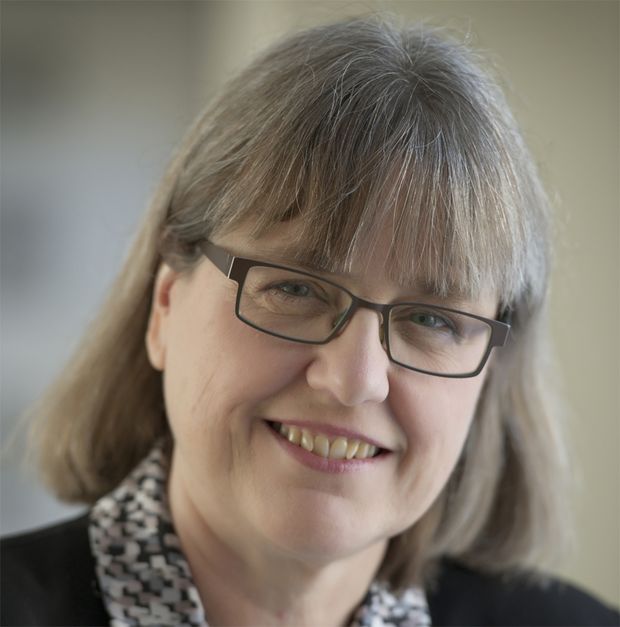Donna Strickland, a University of Waterloo professor who helped to pioneer the development of lasers that produce brief but intense pulses of light for a range of applications, has been named a winner of this year’s Nobel Prize in physics.
She shares half the $1.4-million prize with French laser physicist Gérard Mourou. The other half was awarded to U.S. physicist Arthur Ashkin.
Born in Guelph, Ont., in 1959, Dr. Strickland received an engineering degree from McMaster University in Hamilton in 1981.
She conducted her Nobel-winning research while still a PhD student working with Dr. Mourou in 1985 at the University of Rochester in New York. Dr. Mourou, now 74, is director of the Laboratoire d’Optique Appliquée, part of the Paris Institute of Technology in France.
Dr. Strickland, an associate professor who leads the ultrafast laser group at Waterloo, is the first Canadian woman to win the Nobel in physics and one of only three women in history to do so, including Marie Curie in 1903 and Maria Goeppert-Mayer in 1963.
“I’m honoured to be one of those women,” Dr. Strickland told reporters during a brief telephone news conference after the prize announcement. “We need to celebrate women physicists because we’re out there, and hopefully in time it’ll start to move forward at a faster rate.”
She said that her first reaction on receiving the 5:30 a.m. call from the Nobel committee in Stockholm was disbelief.
“You have to think it’s crazy,” she said.
Together with Dr. Mourou, Dr. Strickland is known for the development of a technique known as chirped pulse amplification, which involved stretching, amplifying and then squeezing bursts of laser light to boost their power.
At the time, she said, many research groups were thinking about how to increase the power of laser pulses, but she and Dr. Mourou had a different idea.
“It’s somewhat thinking out of the box to stretch first and then amplify,” said Dr. Strickland.
The development led to a variety of applications including the ability to use lasers as scalpels to aid in eye surgery and to carve the interior of glass without breaking the surface. A possible future application that Dr. Mourou has championed is to use pulsed lasers to accelerate particles to high speeds for physics research and for medical treatment.
“This is now a development that we can already see could be of importance for cancer therapy,” said Mats Larsson, a member of the physics Nobel committee.
Dr. Ashkin, 96, is being recognized for the 1986 development of another technique known as “optical tweezers,” by which laser light can be used to trap and manipulate living cells. He conducted his groundbreaking work while at Bell Laboratories in New Jersey.
IVAN SEMENIUK
SCIENCE REPORTER
The Globe and Mail, October 2, 2018

